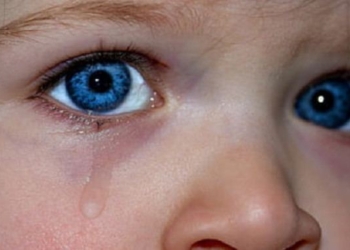Addiction is often described as a strong desire to continually have or do something regardless of the negative impacts it might have on a person and the people around them. Anything can become an addiction the moment it starts interfering negatively with a person's lifestyle, but the most common types of addiction often include substance abuse.
Substance abuse can refer to the indiscriminate use of anything – from narcotics to even medication. As most people already know, addictions can cause unimaginable physical and mental damage to people, whether they are the abusers or not.
A recent report revealed that over 20 million Americans over the age of 12 have an addiction, and that doesn’t take tobacco into account. Incredibly, despite its prevalence in society, most people still don’t know how to identify an addiction. If they could, a lot more people would be seeking help.
Addictions are easily associated with activities that people find pleasurable. For most people, the line between having fun and being addicted is a very thin one. There are, however, certain behaviors that can tell the difference. Here are a couple of pointers to help you know if you need to get help now.
1) Intense craving
Most people suffering from alcohol and substance addiction describe experiencing an intense craving. This craving is very different from the regular cravings people experience. They are often irrational and incredibly challenging to shelve.
2) Physical dependence
In addition to the intense craving, most addicted people will develop a physical dependence on the substance of abuse. This means they won't be able to function properly without the aid of the substance.
The reason for this, as several pieces of research have shown, is that addictions, especially substance abuse addictions, change how the brain functions.
3) Tolerance
While being able to ‘hold your liquor’ may be cool to your friends and family members, it may also be a sign that you're suffering from alcohol addiction. One of the key signs that someone is addicted is the increase in the tolerance level of the substance.
Most substance abusers do so because of a certain feeling they get when they take the substance – often described as a ‘high.’ However, the longer the person uses the substance, the more the person will require to achieve the same effect.
4) Withdrawal symptoms
Withdrawal symptoms are a byproduct of the physical dependence that often follows substance abuse. Because the body becomes used to the substance, it adapts to it. However, if the flow of the substance is stopped for an extended period of time, the body falls into a state of withdrawal.
While withdrawal symptoms may vary depending on the substance, the most common ones include sweating, fatigue, depression, vomiting, anxiety, and seizures.
5) Risky behavior
Addicts often find themselves engaging in risky behavior, either as a result of their cravings or the use of the substance. Increase in aggression is one typical example of this, as well as going to dangerous places just to make sure their cravings are satisfied.
Addiction is a serious problem in that it puts not only your life, but also the life of those you love at risk. However, it's a problem with a cure, and the first step is to identify it. Now that you've identified the addiction, the best thing to do is to get professional help. Call 561-815-1036 to join in the rehab center today.













